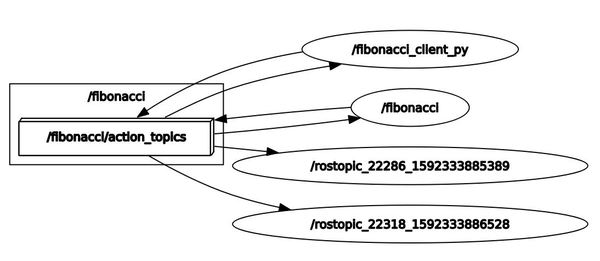


Usually edges are also flipped within clusters (as in clusterY), but there are cases where the flat edge flipping does not work as one would think. While this works quite well for simple graphs, it seems that when clusters are involved, things are a little different. So, the graph is layed out TB, rotated counterclock wise and flat edges flipped: A D G G H I A B C
#Graphviz edge length code
In reality, they do appear like this: A B CĪt some point we decided that top-to-bottom should be the default,Įven if the graph is rotated, so there's code that flips the flat So if that would be correct, without clusters, the nodes should appear like this: G H I Subgraph one to be on top, list it second in the graph. Positioned to the left of subgraph two in the TB layout as you wouldĮxpect, and then ends up lower than it after rotation. Layout counterclockwise by 90 degrees (and then, of course, handling But what happens when rankdir=LR is applied?ĭot handles rankdir=LR by a normal TB layout and then rotating the In the latter case, if colorList has no fractions, the edge is drawn using parallel splines or lines, one for each color in the list, in the order given. For edges, the value can either be a single color or a colorList. For the latter, use the fontcolor attribute. Therefore, without clusters and rankdir=LR, the graphs appears like this (no surprises): A D G Basic drawing color for graphics, not text. Why is the order of appearance of nodes important? By default, in a top-down graph, first mentioned nodes will appear on the left of the following nodes unless edges and constraints result in a better layout. Gansner on the graphviz mailing list as well as the following answer of Stephen North - they ought to know, so I will cite some of it.

I'll try to explain as good as I can and understand graphviz, but you may want to go ahead and read right away this reply of Emden R.


 0 kommentar(er)
0 kommentar(er)
